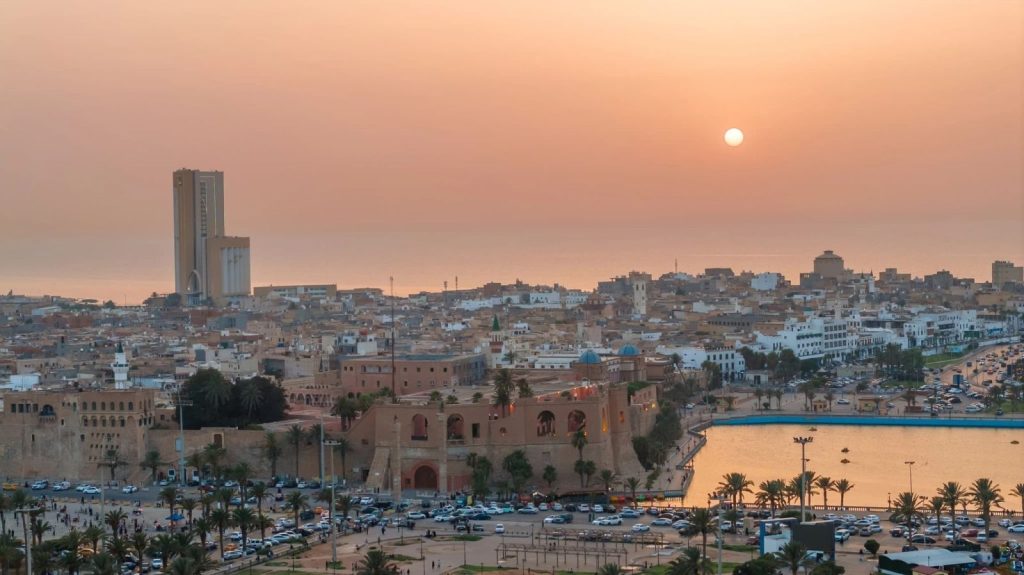
WASHINGTON, USA, 18 December, 2024 -/African Media Agency(AMA)/- Libya’s economy is expected to stabilize following an agreement ending the leadership crisis at the country’s central bank (CBL) that led to a significant recovery in oil production. However, despite recent progress, the country’s Gross Domestic Product (GDP) is anticipated to contract by 2.7 percent in 2024, according to the World Bank’s latest economic monitor for Libya. The economic outlook remains contingent on sustained political stability and strategic efforts to diversify the economy beyond hydrocarbons.
In the first ten months of 2024, oil production contracted by 8.5 percent due to the CBL crisis, dropping from 1.17 million barrels per day (Mbpd) to 0.54 Mbpd in September. Post-crisis, production rebounded to 1.3 Mbpd by the end of October. Oil prices have remained around $80 per barrel, similar to 2023 levels, amid declining global demand, particularly from China, and rising regional geopolitical risks.
The report also looks at Libya’s economic trends over the past decade, noting the severe impacts of ongoing instability, with losses estimated at $600 billion over ten years in constant 2015 dollars. Without conflict, Libya’s 2023 GDP could have been 74 percent higher. Next to instability, key challenges include heavy reliance on oil, lack of diversification, low productivity, and declining health and education quality.
“In the medium term, Libya faces the challenge of diversifying its economy and reducing its reliance on hydrocarbons. Stability and improved governance will be fundamental to Libya’s economic recovery, as can be seen from the heavy economic losses due to instability in recent years,” said Ahmadou Moustapha Ndiaye, Country Director for the Maghreb and Malta at the World Bank. “Additionally, by addressing the risks posed by extreme climate events, Libya can safeguard its infrastructure, ensure service delivery, and maintain financial stability, paving the way for a resilient and prosperous future.”
Libya’s economic outlook heavily relies on the oil and gas sector, which dominates its GDP, government revenue, and exports. Oil output is expected to recover to 1.2 Mbps in 2025 and 1.3 Mbps in 2026, boosting GDP growth to 9.6 percent in 2025 and 8.4 percent in 2026. Non-oil GDP growth is projected at 1.8 percent in 2024, driven by consumption, and averaging around 9 percent during 2025-2026. Despite a drop in oil revenues in 2024, fiscal and external balance surpluses are expected to register 1.7 percent and 4.1 percent of GDP, respectively, due to reduced spending and imports.
Priorities for the country include enhancing security, governance, and stability. With a Gross National Income (GNI) per capita of $7,570 in 2023, Libya is recognized as an upper-middle-income country. By prioritizing non-oil sectors and encouraging private sector-led growth, Libya can unlock high-value job opportunities and enhance its development indicators, thereby improving the lives of citizens and aligning with the global move towards cleaner energy.
Distributed by African Media Agency (AMA) on behalf of World Bank Group.
Contacts
For the Maghreb
Estelle Allano
eallano@worldbankgroup.org
In Washington
Nicholas Andrew Keyes
nkeyes@worldbankgroup.org

